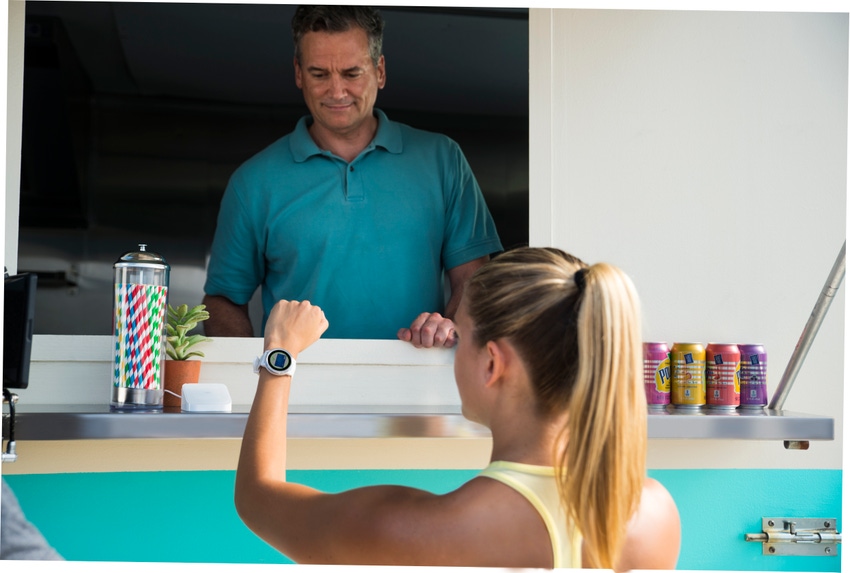To date, it seems only the fitness brands can make the smart watch segment work for them, and while attention might have been diverted elsewhere recently, Garmin is having another crack.
January 7, 2019

To date, it seems only the fitness brands can make the smart watch segment work for them, and while attention might have been diverted elsewhere recently, Garmin is having another crack.
Despite the fact revenues are increasing, shipments are increasing, and the usability of the devices are constantly improving, this segment has never really taken off. All positive steps forward have been small rather than industry shaking. Perhaps this was a product which was just ahead of its time, waiting for other technological advancements to catch up. One of these advancements is featuring prominently in the new Garmin launch.
“The vívoactive 3 Music with 4G LTE connectivity gives you everything you need from your phone – safety features, text messaging and the ability to download and listen to music – now on your watch, so customers can leave their phones behind with confidence,” said Dan Bartel, Garmin VP of Global Consumer Sales.
“Designed for customers who lead an active lifestyle, we’re excited to introduce these new safety and communication features to the Verizon-connected vívoactive 3 Music to give added peace of mind on the go, so leaving your phone at home can be a choice instead of a cause for panic.”
This new device, the vívoactive 3 Music, will be priced at $299.99 (the north-end of affordability for mass market) and will run on Verizon’s 4G network. The device will feature the same fitness and tracking capabilities as previous generations, as well as a contactless payment solution enabled by FitPay and the ability to download playlists from from third-party music services like Deezer and Spotify. Battery life is up to five days in smart watch mode or four hours when running the GPS.
While it has now been addressed, standalone connectivity was the first barrier to adoption for the smart watch segment. Why would you bother having a smart watch when you had to carry your phone around with you? It tells you the time, so does your phone. It plays music, so does your phone. It took phone calls and replied to messages, so does your phone. If the watch is tethered to your phone, what was the point in it?
In years gone, the fitness niche found success. Fitness tracking, both geographical and health monitoring, was an area of success allowing companies such as Garmin and Fitbit to make profits while others who focused on communications features or attempting to appeal to the fashion conscious struggled to make any notable progress. What Garmin and Fitbit did was not to compete with traditional watchmakers or smartphone manufacturers but create an additional segment. It might have been niche but has been growing steadily over the last couple of years, alongside the much slower (but increasingly more prominent) mass market acceptance of smart watches on the whole.
When you look at the smart watch segment, there certainly has been growth. IDC forecast the worldwide wearables market to ship 122.6 million units in 2018, up 6.2% from the 115.4 million units in 2017, and estimates growth in this segment to hit total shipment volumes of 190.4 million units by 2022. While this is progress, these are not revolutionary sales numbers or even growth which suggests the segment is about to take off.
Nowadays standalone connectivity is not a new thing, however Garmin has an established (and successful) brand in the smart watch segment, as well as a loyal customer base to push the new features onto. Whether this is enough of a pull to take smart watches to the next level remains to be seen, but if experience is anything to go by, the niche players will certainly help validate the smart watch in today’s society.
About the Author(s)
You May Also Like








.png?width=300&auto=webp&quality=80&disable=upscale)


_1.jpg?width=300&auto=webp&quality=80&disable=upscale)


.png?width=800&auto=webp&quality=80&disable=upscale)